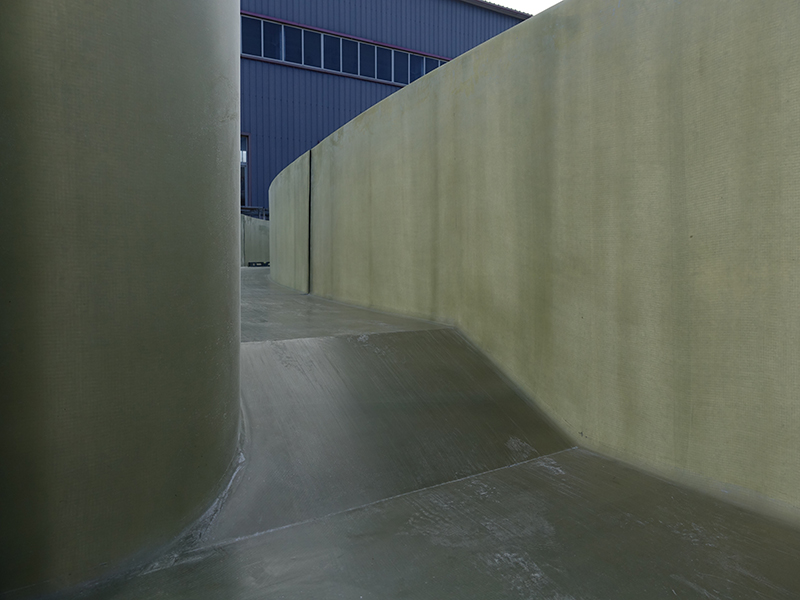
-
 Afrikaans
Afrikaans -
 Albanian
Albanian -
 Amharic
Amharic -
 Arabic
Arabic -
 Armenian
Armenian -
 Azerbaijani
Azerbaijani -
 Basque
Basque -
 Belarusian
Belarusian -
 Bengali
Bengali -
 Bosnian
Bosnian -
 Bulgarian
Bulgarian -
 Catalan
Catalan -
 Cebuano
Cebuano -
 China
China -
 China (Taiwan)
China (Taiwan) -
 Corsican
Corsican -
 Croatian
Croatian -
 Czech
Czech -
 Danish
Danish -
 Dutch
Dutch -
 English
English -
 Esperanto
Esperanto -
 Estonian
Estonian -
 Finnish
Finnish -
 French
French -
 Frisian
Frisian -
 Galician
Galician -
 Georgian
Georgian -
 German
German -
 Greek
Greek -
 Gujarati
Gujarati -
 Haitian Creole
Haitian Creole -
 hausa
hausa -
 hawaiian
hawaiian -
 Hebrew
Hebrew -
 Hindi
Hindi -
 Miao
Miao -
 Hungarian
Hungarian -
 Icelandic
Icelandic -
 igbo
igbo -
 Indonesian
Indonesian -
 irish
irish -
 Italian
Italian -
 Japanese
Japanese -
 Javanese
Javanese -
 Kannada
Kannada -
 kazakh
kazakh -
 Khmer
Khmer -
 Rwandese
Rwandese -
 Korean
Korean -
 Kurdish
Kurdish -
 Kyrgyz
Kyrgyz -
 Lao
Lao -
 Latin
Latin -
 Latvian
Latvian -
 Lithuanian
Lithuanian -
 Luxembourgish
Luxembourgish -
 Macedonian
Macedonian -
 Malgashi
Malgashi -
 Malay
Malay -
 Malayalam
Malayalam -
 Maltese
Maltese -
 Maori
Maori -
 Marathi
Marathi -
 Mongolian
Mongolian -
 Myanmar
Myanmar -
 Nepali
Nepali -
 Norwegian
Norwegian -
 Norwegian
Norwegian -
 Occitan
Occitan -
 Pashto
Pashto -
 Persian
Persian -
 Polish
Polish -
 Portuguese
Portuguese -
 Punjabi
Punjabi -
 Romanian
Romanian -
 Russian
Russian -
 Samoan
Samoan -
 Scottish Gaelic
Scottish Gaelic -
 Serbian
Serbian -
 Sesotho
Sesotho -
 Shona
Shona -
 Sindhi
Sindhi -
 Sinhala
Sinhala -
 Slovak
Slovak -
 Slovenian
Slovenian -
 Somali
Somali -
 Spanish
Spanish -
 Sundanese
Sundanese -
 Swahili
Swahili -
 Swedish
Swedish -
 Tagalog
Tagalog -
 Tajik
Tajik -
 Tamil
Tamil -
 Tatar
Tatar -
 Telugu
Telugu -
 Thai
Thai -
 Turkish
Turkish -
 Turkmen
Turkmen -
 Ukrainian
Ukrainian -
 Urdu
Urdu -
 Uighur
Uighur -
 Uzbek
Uzbek -
 Vietnamese
Vietnamese -
 Welsh
Welsh -
 Bantu
Bantu -
 Yiddish
Yiddish -
 Yoruba
Yoruba -
 Zulu
Zulu
pvc frp tank
Understanding PVC FRP Tanks A Comprehensive Overview
PVC FRP (Polyvinyl Chloride Fiberglass Reinforced Plastic) tanks are becoming increasingly popular in various industries due to their exceptional properties and versatile applications. These tanks combine the lightweight and durability of PVC with the strength and resistance of fiberglass, making them an ideal choice for storage and transportation of liquids and chemicals.
What is PVC FRP?
PVC is a widely used synthetic plastic polymer known for its robustness and chemical resistance. When combined with fiberglass, it enhances the structural integrity of the material. Fiberglass is a composite material made from fine glass fibers, which provides additional strength and durability while remaining lightweight. This combination results in tanks that are strong, resistant to corrosion, and able to withstand a range of environmental conditions.
Key Benefits of PVC FRP Tanks
1. Corrosion Resistance One of the primary advantages of PVC FRP tanks is their excellent resistance to corrosion. Unlike metal tanks that may rust or degrade over time when exposed to corrosive substances, PVC FRP tanks maintain their integrity, making them ideal for storing chemicals, acids, and other aggressive materials.
2. Lightweight and Easy to Handle PVC FRP tanks are significantly lighter than traditional metal tanks. This makes them easier to transport, install, and maintain. Their lightweight nature also reduces the structural requirements for the supporting framework, simplifying the installation process.
3. Durability The combination of PVC and fiberglass results in tanks that are highly durable and capable of withstanding various environmental pressures. They are designed to endure extreme temperatures, UV exposure, and physical impacts without compromising their structural integrity.
4. Cost-Effective PVC FRP tanks offer a cost-effective solution for businesses. Their long lifespan and low maintenance requirements translate into savings over time. Additionally, their resistance to corrosion reduces replacement costs associated with tank failure due to material degradation.
pvc frp tank

5. Versatility in Applications These tanks are used in a variety of sectors, including chemical processing, water treatment, agriculture, and oil and gas. They can be customized in various shapes, sizes, and configurations to meet specific storage needs.
Applications of PVC FRP Tanks
- Chemical Storage PVC FRP tanks are widely used to store corrosive and hazardous chemicals due to their resistance to chemical attack. This includes acids, bases, solvents, and wastewater.
- Water Treatment In water treatment facilities, these tanks are employed for the storage of chemicals used in the purification process, as well as for temporary storage of treated water.
- Agriculture Farmers utilize PVC FRP tanks for the storage of fertilizers and pesticides. Their chemical resistance ensures that the contents remain uncontaminated.
- Food and Beverage Industry PVC FRP tanks can also be used in food processing and storage, given their non-toxic properties and resistance to bacteria and mold.
Conclusion
In summary, PVC FRP tanks represent a robust and versatile solution for various storage needs across multiple industries. Their corrosion resistance, lightweight nature, durability, and cost-efficiency make them an invaluable asset for businesses looking to improve their operational efficiency. As industries continue to seek innovative materials that offer long-lasting performance, PVC FRP tanks are poised to become an even more integral component of modern storage solutions. Whether for industrial, agricultural, or commercial use, these tanks offer reliable and efficient storage options that meet the demands of today’s marketplace.
Latest news
-
Exploring the Benefits of Top Hammer Drifter Rods for Enhanced Drilling PerformanceNewsJun.10,2025
-
High-Precision Fiberglass Winding Machine for GRP/FRP Pipe Production – Reliable & Efficient SolutionsNewsJun.10,2025
-
FRP Pipes & Fittings for Shipbuilding - Corrosion-Resistant & LightweightNewsJun.09,2025
-
Premium FRP Flooring Solutions Durable & Slip-ResistantNewsJun.09,2025
-
Premium Fiberglass Rectangular Tanks Durable & Lightweight SolutionNewsJun.09,2025
-
Tapered Drill String Design Guide Durable Performance & UsesNewsJun.09,2025









